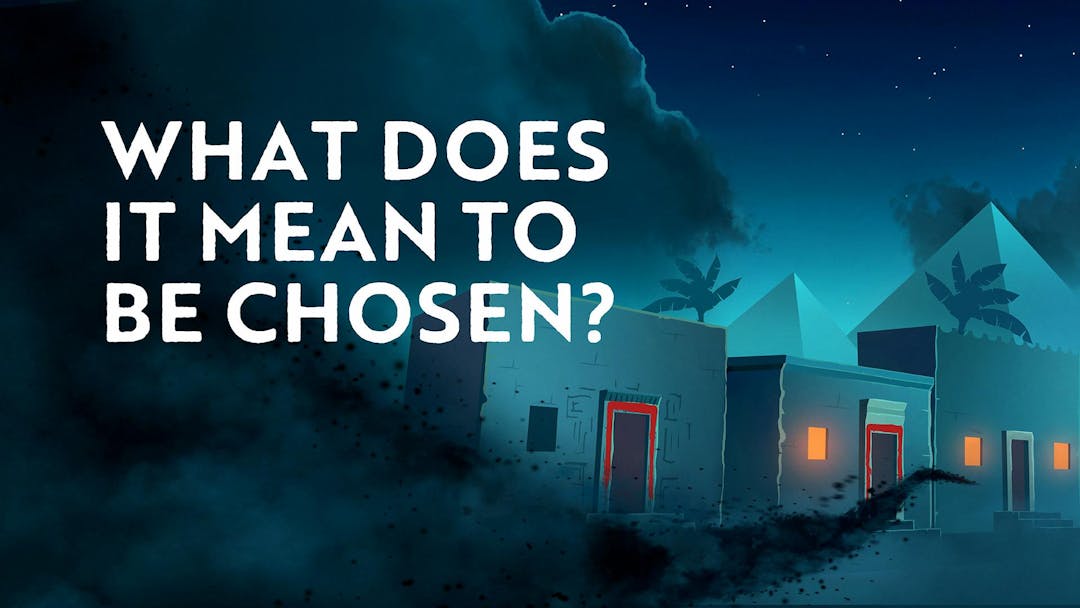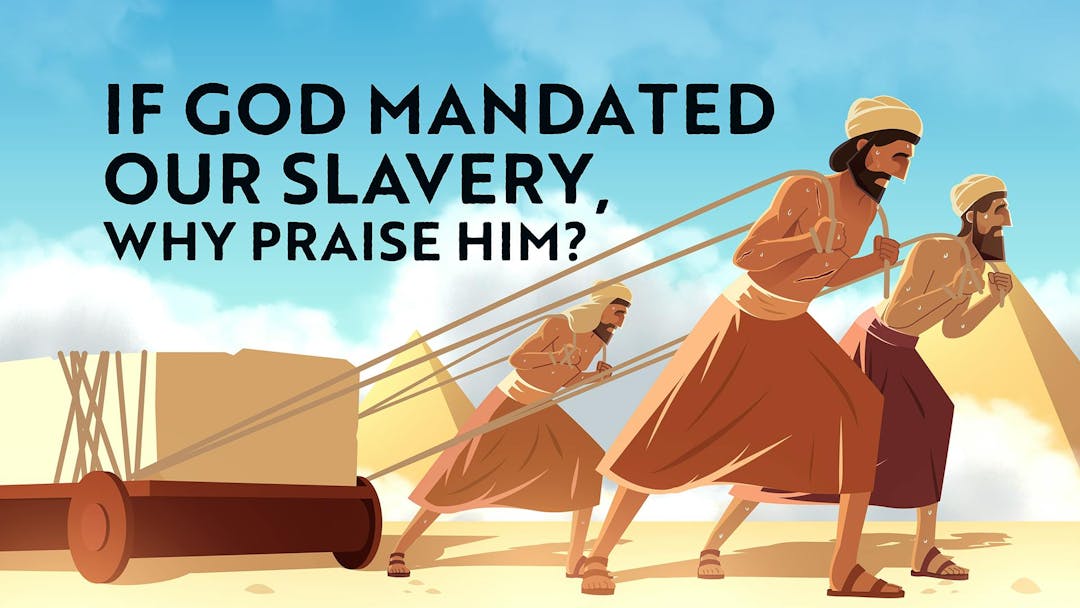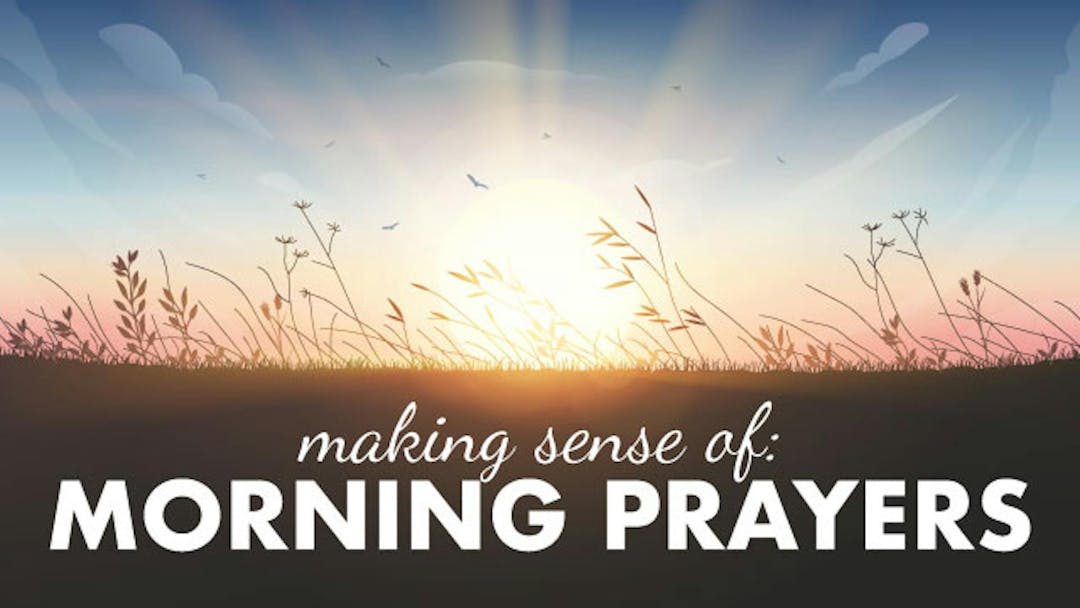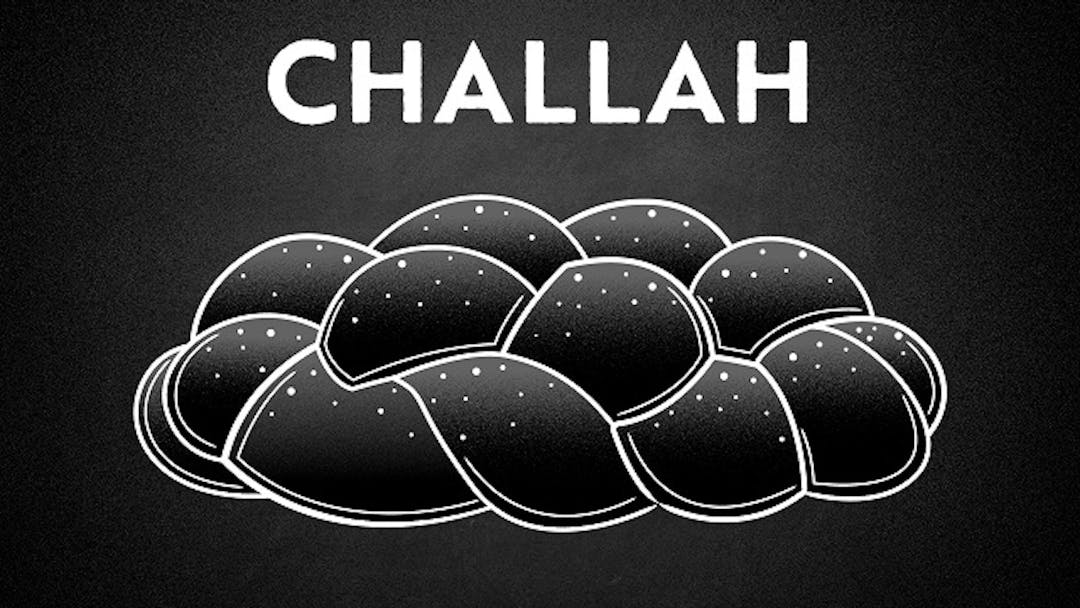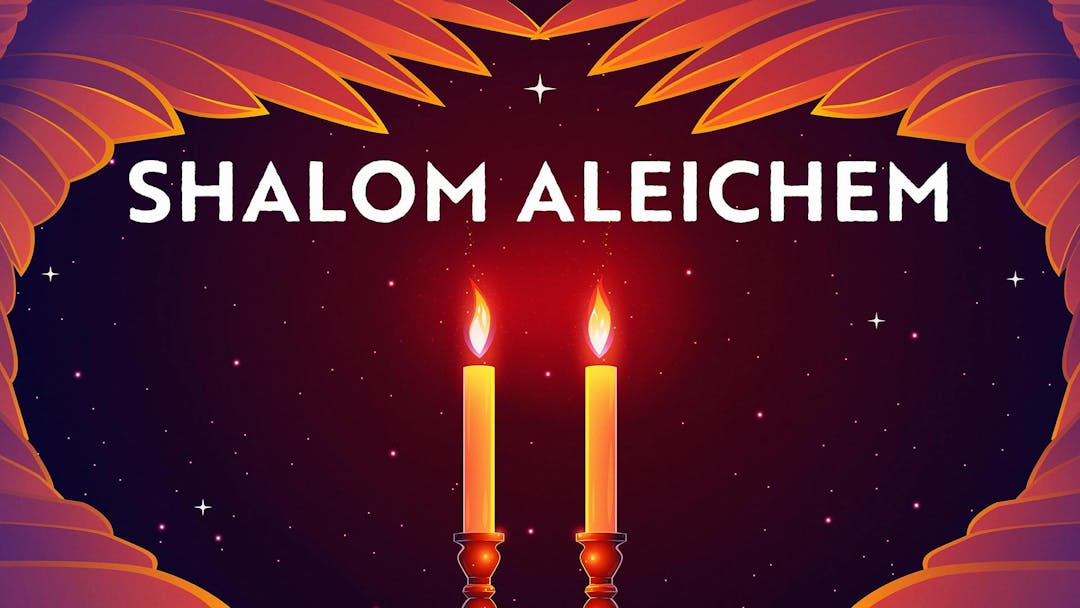Start your free trial today to unlock the full library and enjoy unlimited and uninterrupted access.
Get StartedMoses' Miracle (Part 1 of 7)
The Miracles Performed By Moses In Egypt
Rabbi Fohrman introduces the three signs that God gave to Moses to instill faith in God within the people and to prove His might to Pharaoh. Rabbi Fohrman, then, delves a bit more deeply into these three signs, questioning them and their effectiveness and looking to a connection between them and belief.
Discover other great videos at Aleph Beta, including ‘Did God Allow Slavery’, ‘The Ten Plagues Explained’, and ‘Why Did God Take Away Pharaoh's Free Will?’
Want to watch the full video for free?
Enter your email and we’ll send you a link to watch the full series free.
What is Aleph Beta?
Aleph Beta is a unique kind of Torah library. Led by our founder, Rabbi David Fohrman, we are dedicated to high-level, textual Torah learning for adults that is intellectually and spiritually sophisticated, that enlivens your Jewish practice and helps you forge a deeper connection to God. Whether you’ve been learning in yeshiva for years or you’re just beginning your Torah journey, you’re sure to find something meaningful and surprising waiting for you here.
Browse our library of over 1,000 beautifully produced animated videos, podcasts, deep dive courses, and printable guides. Topics include the weekly parsha, Jewish holidays & fast days, laws & mitzvot, prayers, relationships, big philosophical ideas and more. Have something to say at the Shabbos table that will amaze your family and guests and bring deep meaning into their lives.
